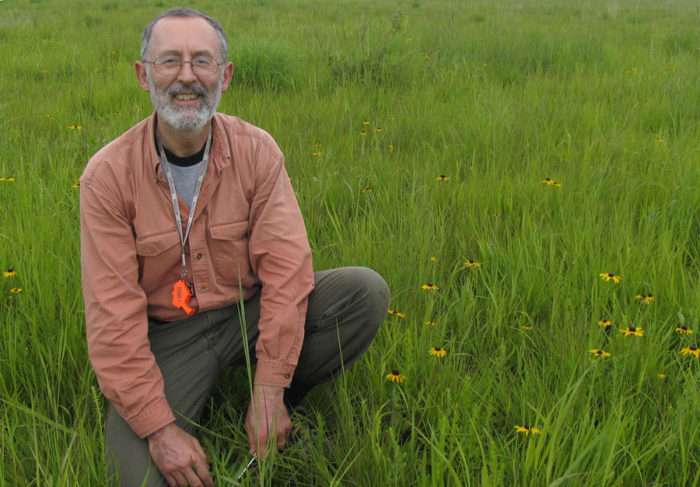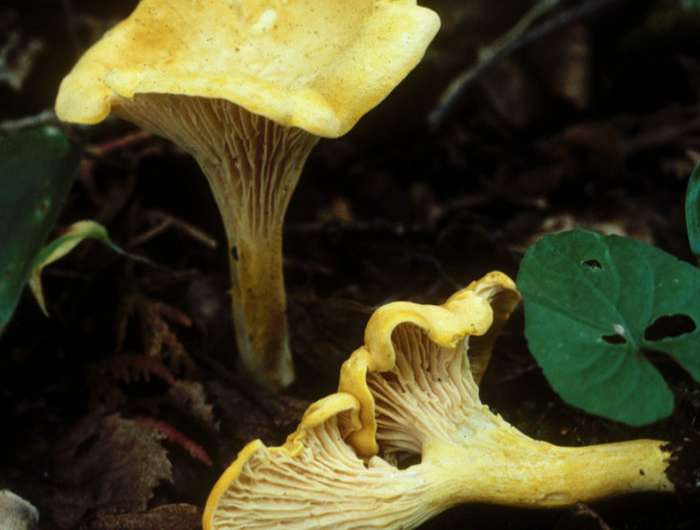Researchers re-classify mistaken-identity mushrooms

Some discoveries come from the stars – and some from beneath our feet.
Biology professor Greg Thorn has shaken the mycological world with not one but three discoveries about prized edible mushrooms called golden chanterelles. Thorn, a fungal ecologist, has found that the common chanterelles of eastern North America have for decades been a case of mistaken identity.
The study, "The golden chanterelles of Newfoundland and Labrador: A new species, a new record for North America and a lost species rediscovered," is published in a recent edition of the journal Botany.
"We've been calling these by the Latin name Cantharellus cibarius for years – the same classification given to the European species of chanterelles. But it turns out this thing that we thought we knew really well, which grows from coast to coast, isn't what we thought it was," he said.
His teamnducted a DNA analysis of the mushroom and found its genetic code differed so much that it had to be classified a wholly different species. They have named it Cantharellus enelensis in honour of Newfoundland, where the samples were found.

Thorn's team also found there two less common species of golden chanterelles: one species that hadn't yet been found in North America, and another that had not been found since a single report from Nova Scotia 40 years earlier. They also grow in different ecologies, under birch, balsam and spruce trees. At the other end of the country, their analyses revealed another new species of chanterelle for Canada, Cantharellus cascadensis, among specimens in the UBC herbarium.
"It's only through DNA analysis that we were able to discover their dissimilarities from the European species, Cantharellus cibarius," he said. "The good news is that all these species of chanterelles are edible and tasty."
The discovery shows, he said, that some of the wonders of this planet have yet to be explored. And while other countries and other continents might have greater variety of colourful native birds or flowers, this country also has reason to boast.
"Our fungal diversity is something that Canadians should be proud of."
More information: R. Greg Thorn et al. The golden chanterelles of Newfoundland and Labrador: a new species, a new record for North America, and a lost species rediscovered, Botany (2017). DOI: 10.1139/cjb-2016-0213
Journal information: Botany
Provided by University of Western Ontario



















